Learn how to make whey at home with yogurt, and use it to make better fermented foods while enjoying the good cheese that separates from the whey.
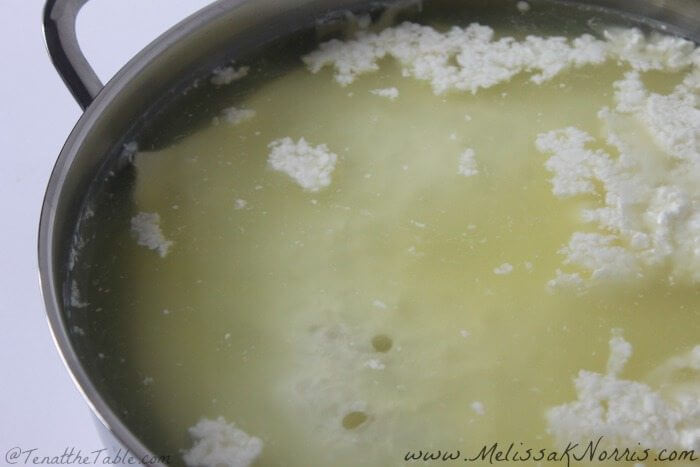
Have you ever heard of curds and whey? Whey is the liquid that separates from dairy products. The curds are what is left when the whey is separated out. Whey is the main protein source of dairy products and has many probiotic-rich health benefits.
There are two types of whey – sweet and acidic. The sweet type is used to make the powdered whey protein many athletes use in their protein shakes. The acidic whey is made from straining the liquid whey from fermented dairy products like yogurt.
Learn how easy it is to make whey at home with yogurt, and I’ll show you ways to use the cheese that separates from the whey along with directing you to fermentation and its health benefits and why you should be fermenting.
Why I Learned How to Make Whey
After I stepped into the world of sourdough starter and sourdough bread making, the natural progression of my brain led me to want to educate myself on all things related to fermentation.
The terms I kept hearing tossed around were like a foreign language! Whey, kefir, kombucha, and the mother? I had never heard of half of these terms!
My new goal became focused on learning all about fermented foods, and you get to join me because that’s the way I roll!
The first thing I learned was that I had whey in my refrigerator and wasn’t even aware of it! Did you know the liquid on top of yogurt is whey? There is a way to intentionally extract this whey to use it for different purposes.

Uses for Whey
Whey consists mostly of water, but also contains protein and beneficial probiotics and enzymes. In order to preserve those health benefits, whey shouldn’t be heated over 100°F. Here are a few examples of ways to use whey in this application.
- Added to smoothies.
- Used as the liquid to make chilled dips.
- Can boost the lacto fermentation process of fermented pickles and other fermented vegetables.
- Acts as a preservative when used in homemade mayonnaise.
Although the probiotics and enzymes are lost when whey is heated, there are still many benefits to using whey in cooking.
Whey adds a delicious tangy flavor to breads (think sourdough).
- Although the probiotics and enzymes die off in the baking process, they can be put to work pre-digesting grains when soaked before baking. This will in turn allow the nutrients of the grain to be more readily available, and easier for your body to digest.
- After using whey to properly soak oats, you can also use whey as the liquid to cook your oatmeal, adding protein.
- Whey also promotes light and flaky textures to baked goods. Try using whey for some of the liquid in homemade bread, buttermilk biscuits, or even cinnamon rolls.
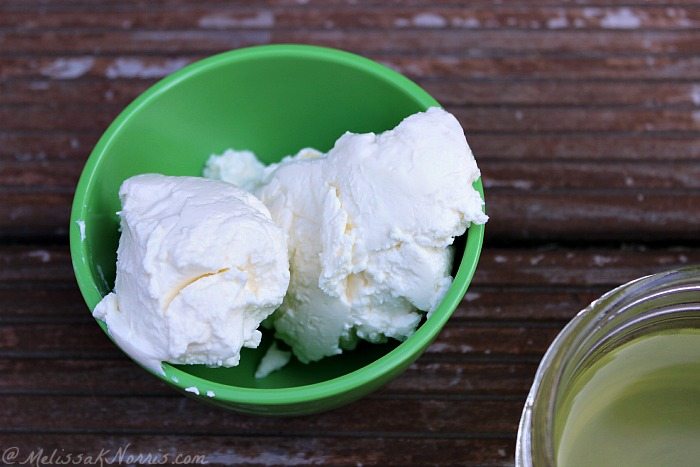

available now
Give the Gift of Homemade—All Year Long
Want to make stunning, heartfelt gifts in less time—with less stress? Get my Mason Jar Gift Guide absolutely free! Inside, you’ll discover step-by-step recipes, printable labels, and creative DIY inspiration—so you can whip up beautiful, delicious, homegrown gifts for every occasion. Perfect for anyone craving a simpler, more meaningful holiday season (or just more joy in your kitchen).
Subscribe to Melissa K. Norris!
Get updates on the latest posts and more from Melissa K. Norris straight to your inbox.
We use your personal data for interest-based advertising, as outlined in our Privacy Notice.
How to Use the Cheese From the Yogurt
After the whey is drained from the yogurt, you will have a wonderful, thick and creamy yogurt cheese left in the cloth. The consistency is a cross between cream cheese and sour cream. Here are a few suggestions for using this because you definitely don’t want it to go to waste!
- Whip in Some Herbs – Use it as a spread on homemade crackers or sourdough bread.
- Mix in Some Berries or Jam – Spread it on artisan toast or a bagel.
- Use as a Cream Filling – Bake into your favorite muffin recipe and taste the delicious combined flavors. Try it in this raspberry lemon cream cheese muffin recipe.
- Make Ricotta – Reheat the whey and make ricotta cheese.
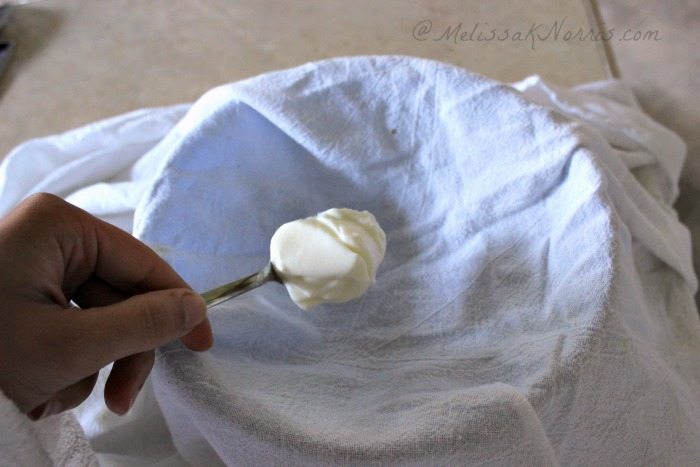
Supplies Needed for Making Homemade Whey
- Two Cups of Yogurt – Only use plain yogurt with live cultures if you are using store-bought yogurt. I prefer organic yogurt, but that is optional. An important note to make is to choose a yogurt that has no added sugars or flavors. Full fat is best, but low fat will work as well. Greek yogurt and homemade yogurt are excellent sources of whey.
- Bowl – Choose a medium-sized bowl for the whey to drip into.
- Cheesecloth – A dish towel or tea towel will also work for this step.
- Glass Jar with Lid – Use this to store the whey in the refrigerator. A Mason jar works well.
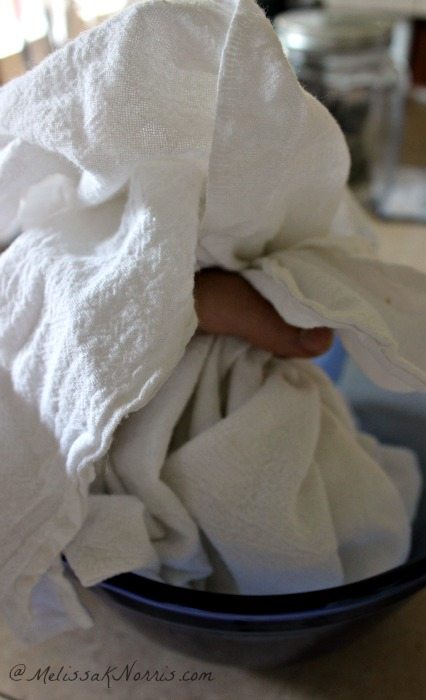
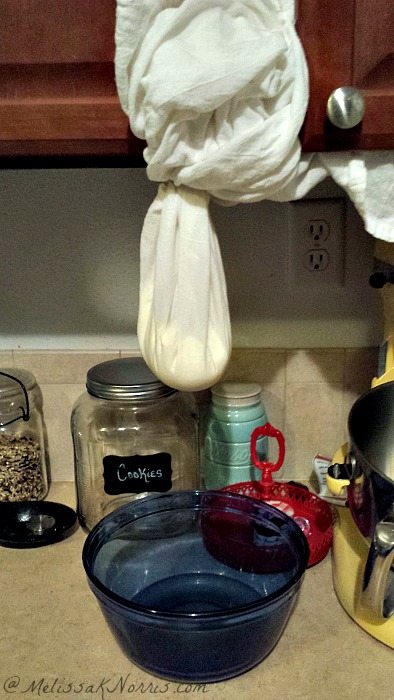
How to Make Whey in Four Easy Steps
- Line a bowl with the cheesecloth, tea towel, or dish towel.
- Place 2 cups of yogurt in the center of the cloth. Bring up the corners of the cloth and secure it with a large rubber band or hair tie.
- Hang it from a kitchen cabinet knob or a hook and place the bowl underneath to catch the liquid. Leave it for 4 to 8 hours. I hang mine for approximately 5 hours and retrieve around 8 ounces of whey.
- Pour the whey into a clean glass container, cover with a lid, and store it in the refrigerator. It can be stored for several months before losing quality.
Pro-Tip: You can also freeze the whey for later use.
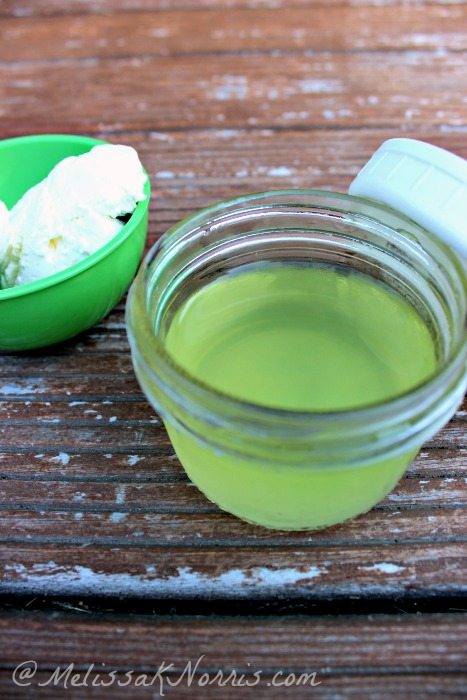
Another Way to Make Whey – with Raw Milk
If you don’t have yogurt on hand, try making whey with raw milk. This is also a simple process of pouring milk into a glass jar, covering it loosely, and allowing it to sit at room temperature for five to eight days or until it begins to separate.

More Posts You May Enjoy
- Natural Cheese Making with Robyn Jackson
- How to Make Homemade Mozzarella in 30 Minutes
- Dairy Cow 101: Everything You Need to Know
- Keeping a Family Milk Cow- 8 Things You Need to Know
- Natural Cheese Making Using Ancestral Methods
- Fermented Dairy: Why You Should Be Doing This Now
- How to Preserve Meat, Eggs & Dairy
- How to Make Homemade Yogurt That’s Thick and Creamy
- Homemade Marinated Cheese Balls Recipe- in Less than 5 Minutes

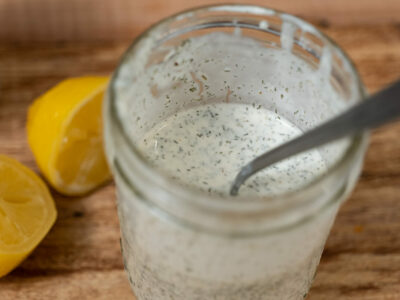

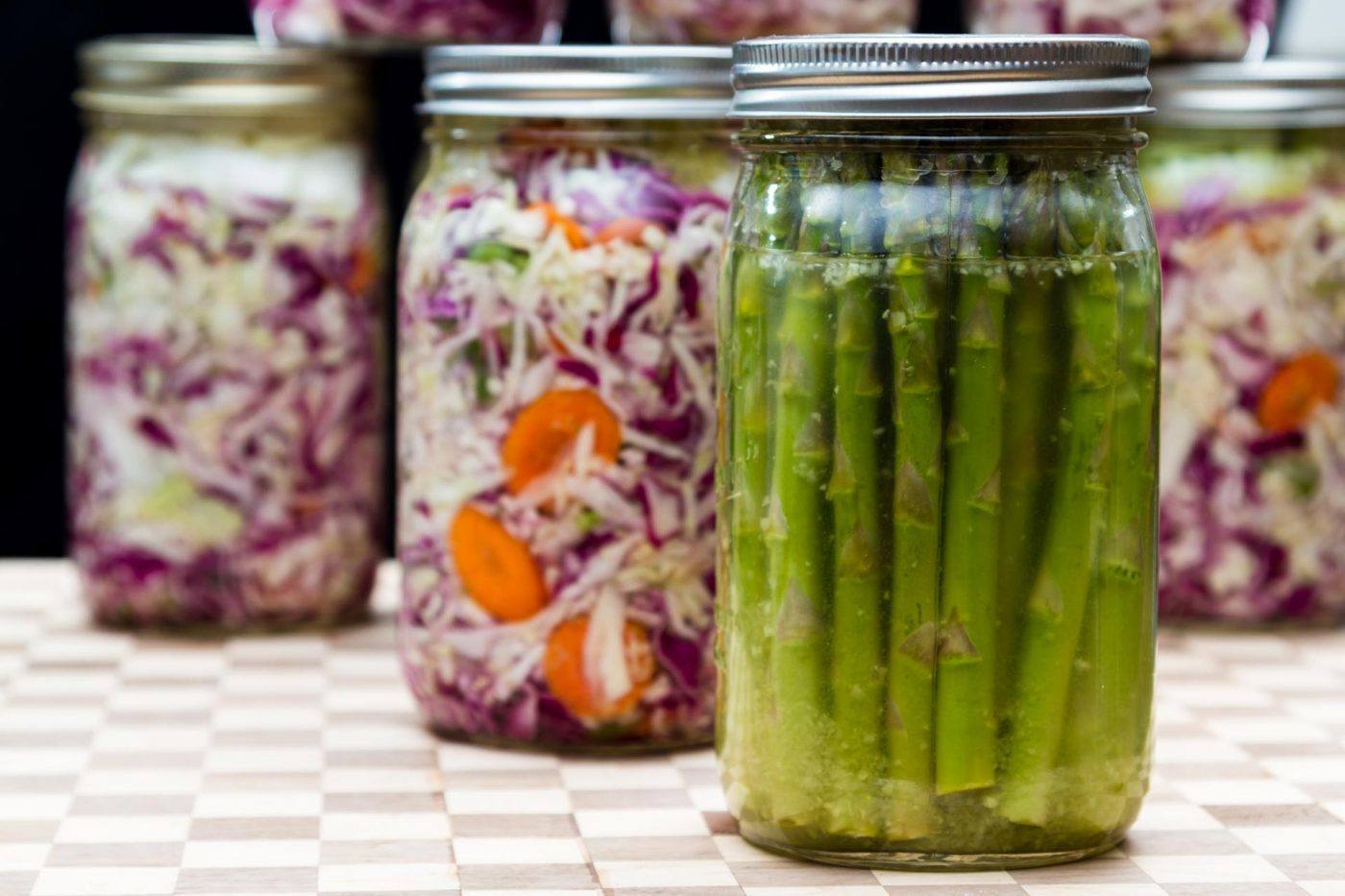

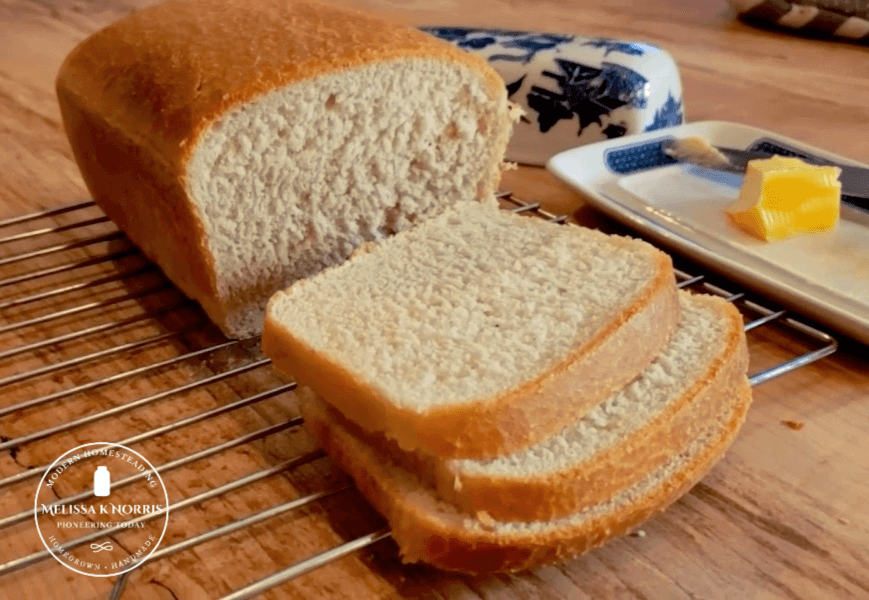




Is it ok to use raw milk yogurt for anything if it smells like it has soured but no mold?
Everything looks so good. !!!!
Hi! I am so excited to start fermenting using whey. I’m glad I found this! I followed directions and only got 2 ounces of whey 🙁 I didn’t buy the Nancys as it was $6.99 at our store. I bought plain whole milk yogurt and tried it. Any advice?
Megan,
Was it full fat? Also, sometimes letting the yogurt set once you’ve opened it in the fridge for a few days tends to pull the whey out for you a bit more.
I just tried this today! So excited to start my fermented/traditional food journey. Thanks for the instructions! (The yogurt I used listed “active culture” in the ingredients so I figured it meant the same as live culture….hope I’m not wrong!)
[…] I don’t have time for straining yogurt. There are times when I need whey and want a homemade yogurt cheese, and that’s when I use this 3 easy steps to whey tutorial. […]
Hi there Melissa ,i am from South Africa and love cooking .My now deceased Mom, bless her golden soul was always adamant about the fact that all her sons,we being four off, should be able to cook just as well as the women folk in the family .One of the things she taught us was to make cheese spreads from buttermilk ,in the same way you described as using yoghurt.I was just wondering wether the whey you derived from Buttermilk is the same as the whey you derive from yoghurt. PS Please excuse any spelling errors as my home language is Afrikaans.
You had a smart mother, David. Yes, the whey from Buttermilk is basically the same as whey from yogurt and can be used the same way in recipes.
Today I was straining my homemade yogurt, I did not have time to finish so I had to just be happy with “greek” yogurt for now, but I am planning to make yogurt cheese soon. I have a couple questions. Do you think It would turn out if I were to “rig” it to strain in the fridge? Then I would not have to worry about time retraints and chaios (which is my life) And do you think yogurt cheese is a suitable substitute for cream cheese in say.. cheesecake recipes ?? 🙂 Thankyou soo much for your article
Hi! You can absolutely rig it to hang in the fridge to strain. And yes, yogurt cheese is suitable for cream cheese. I plan on trying it in a cheese cake soon. I’m also using it in my raspberry cream cheese muffins in place of the cream cheese.